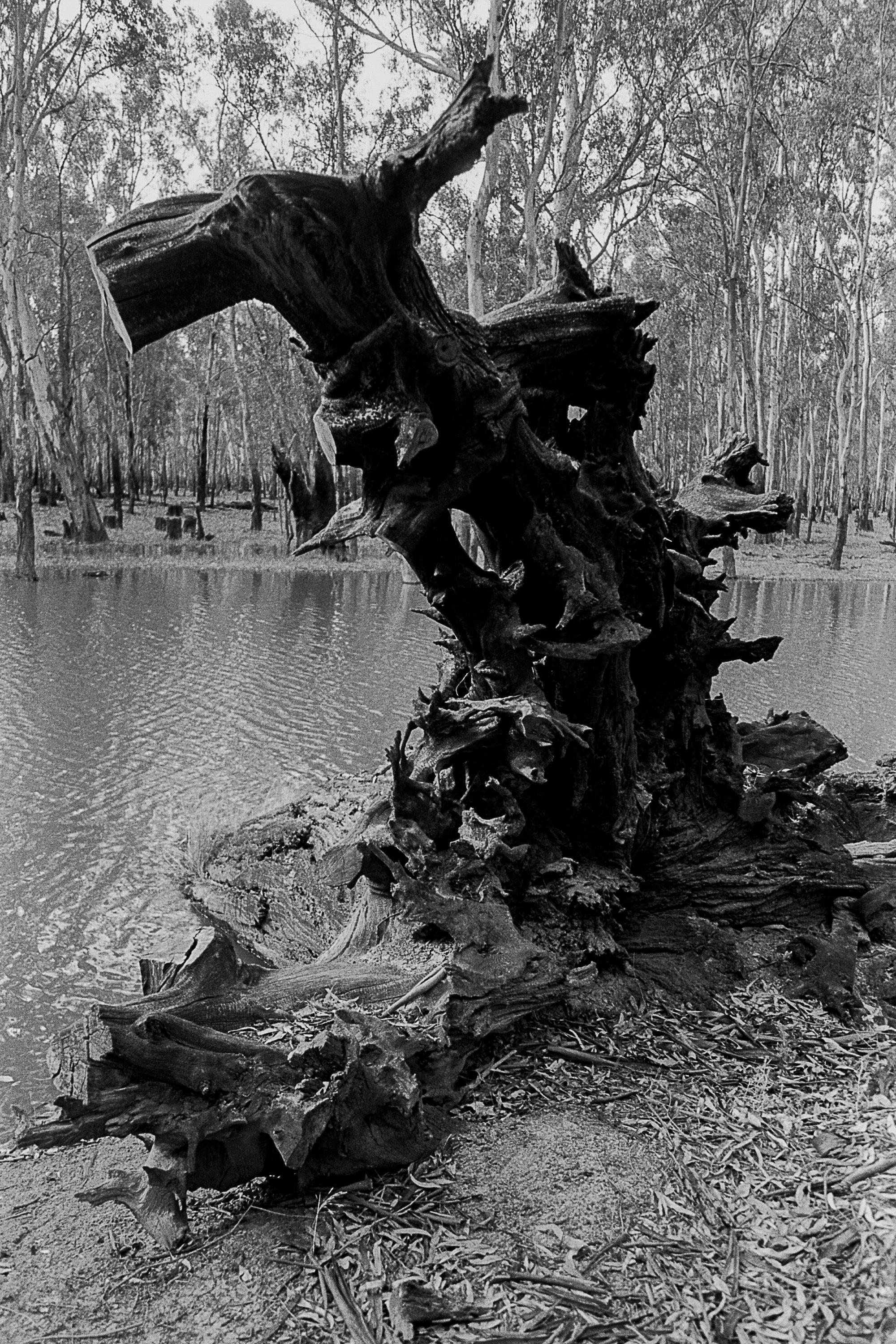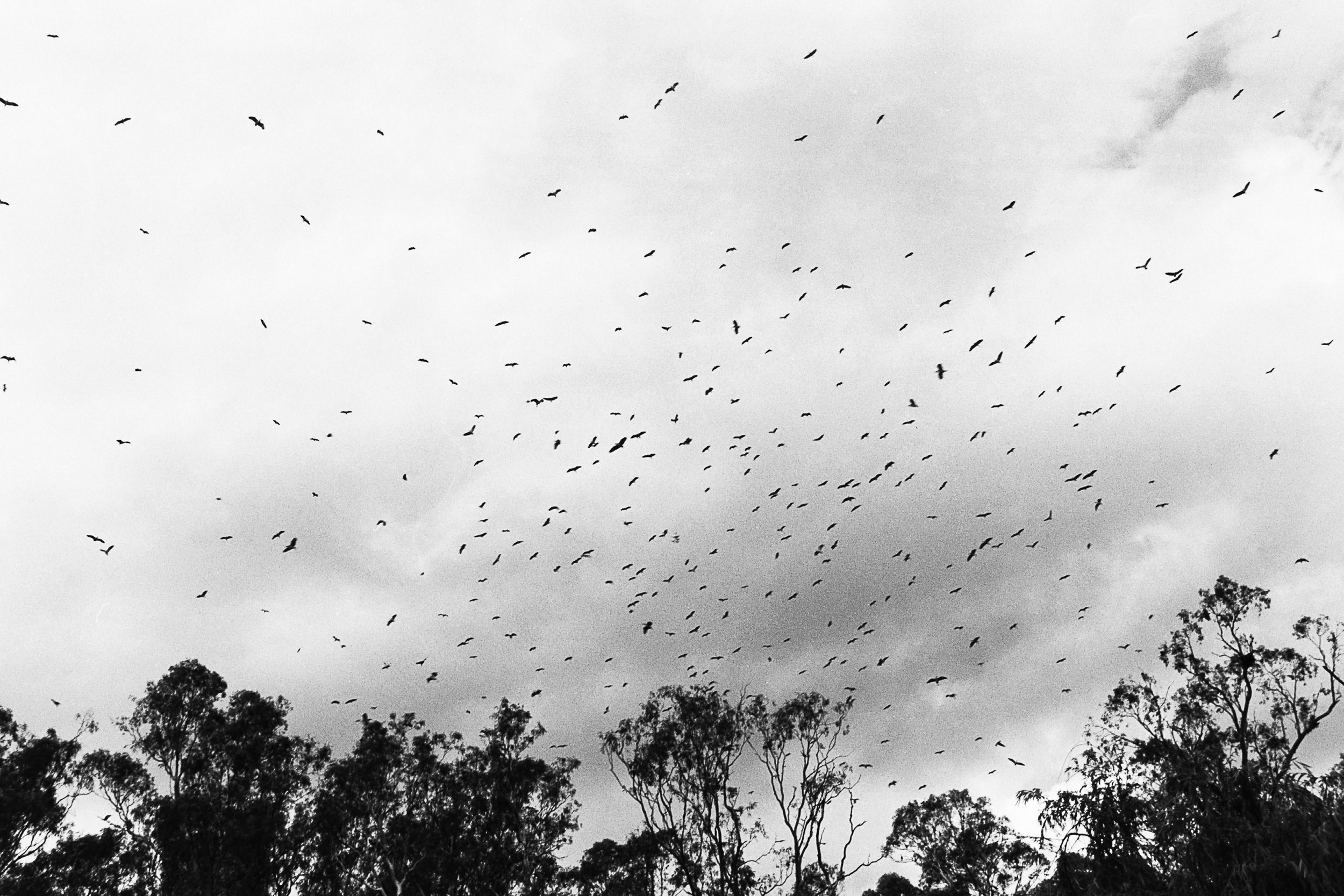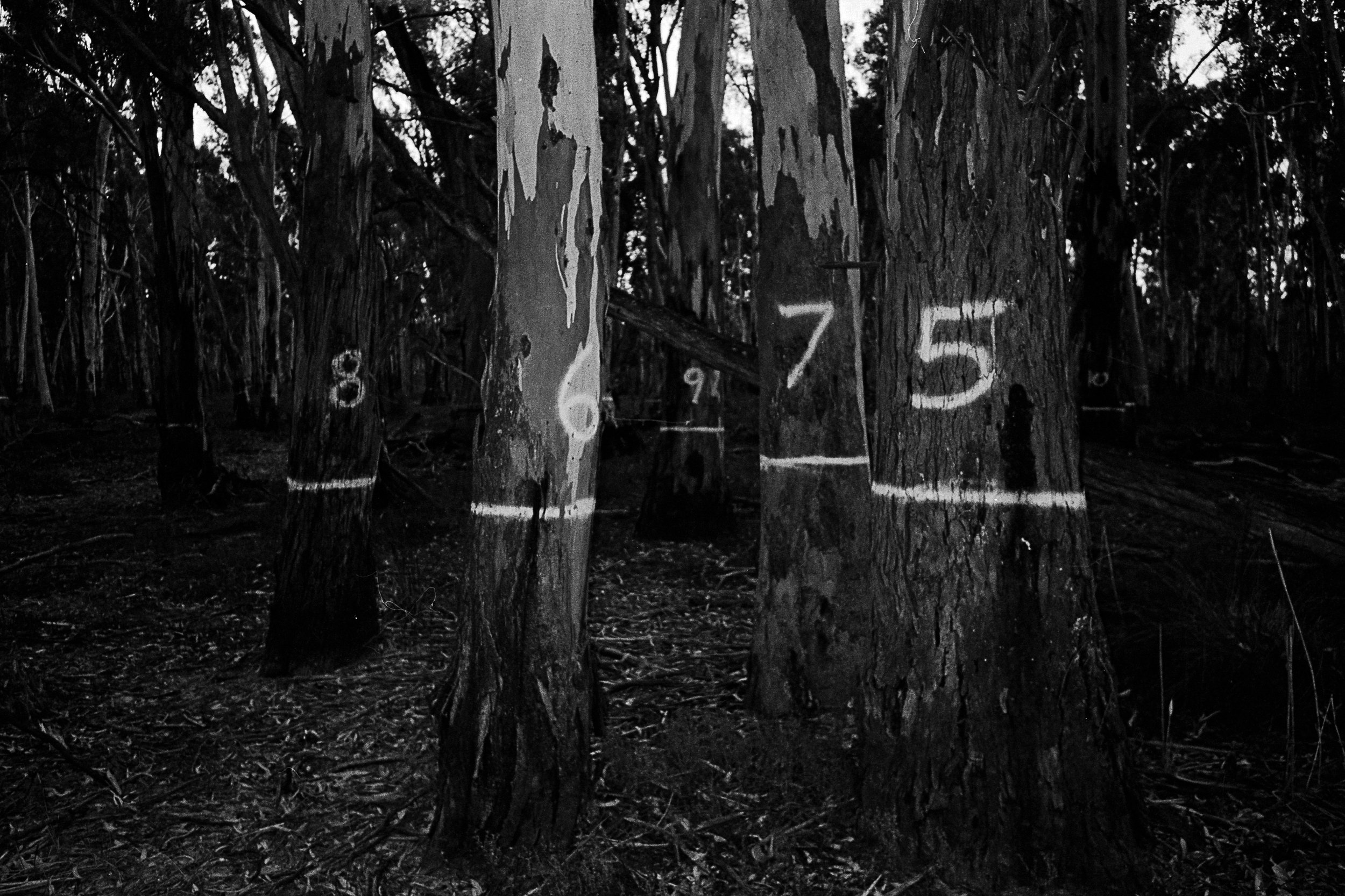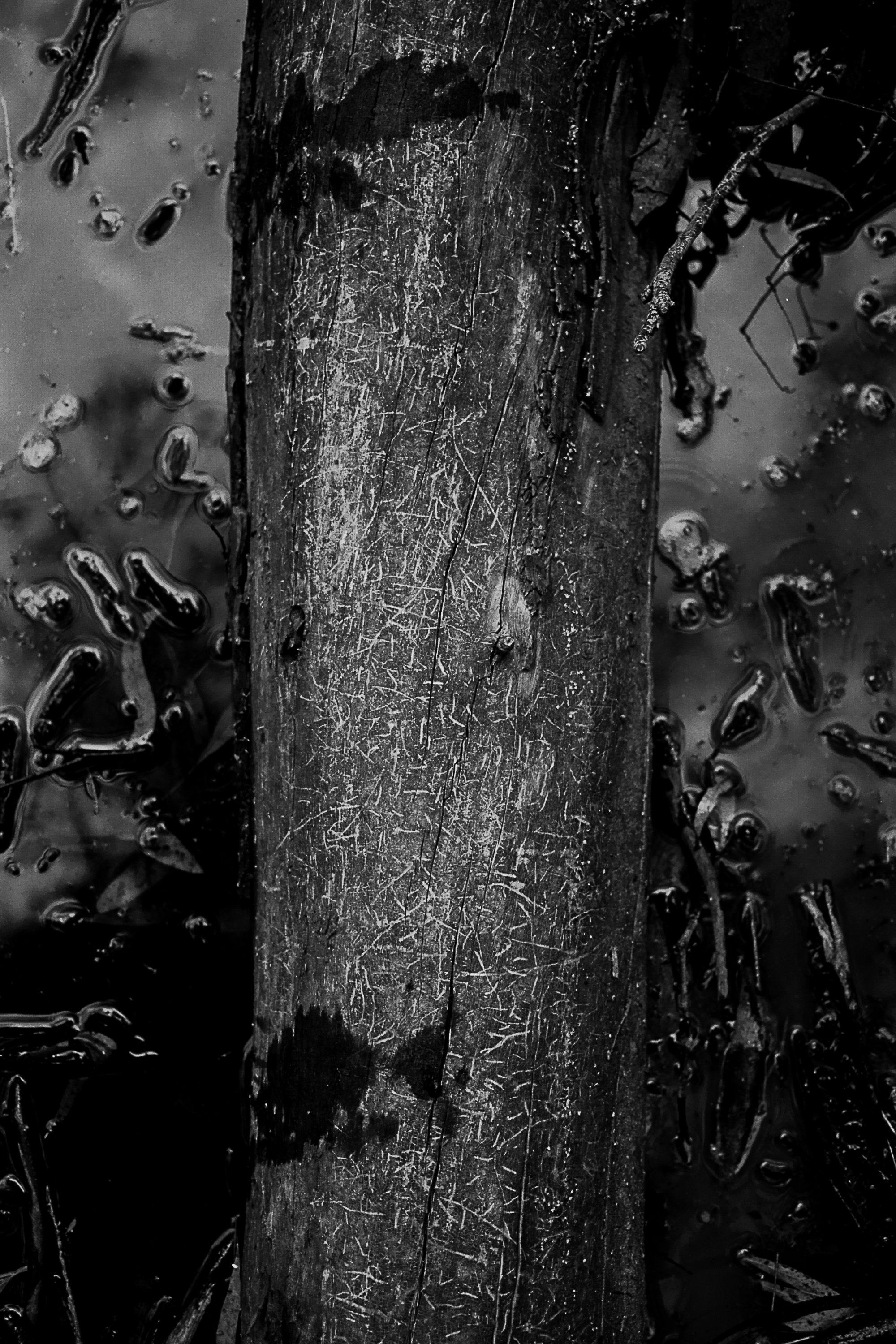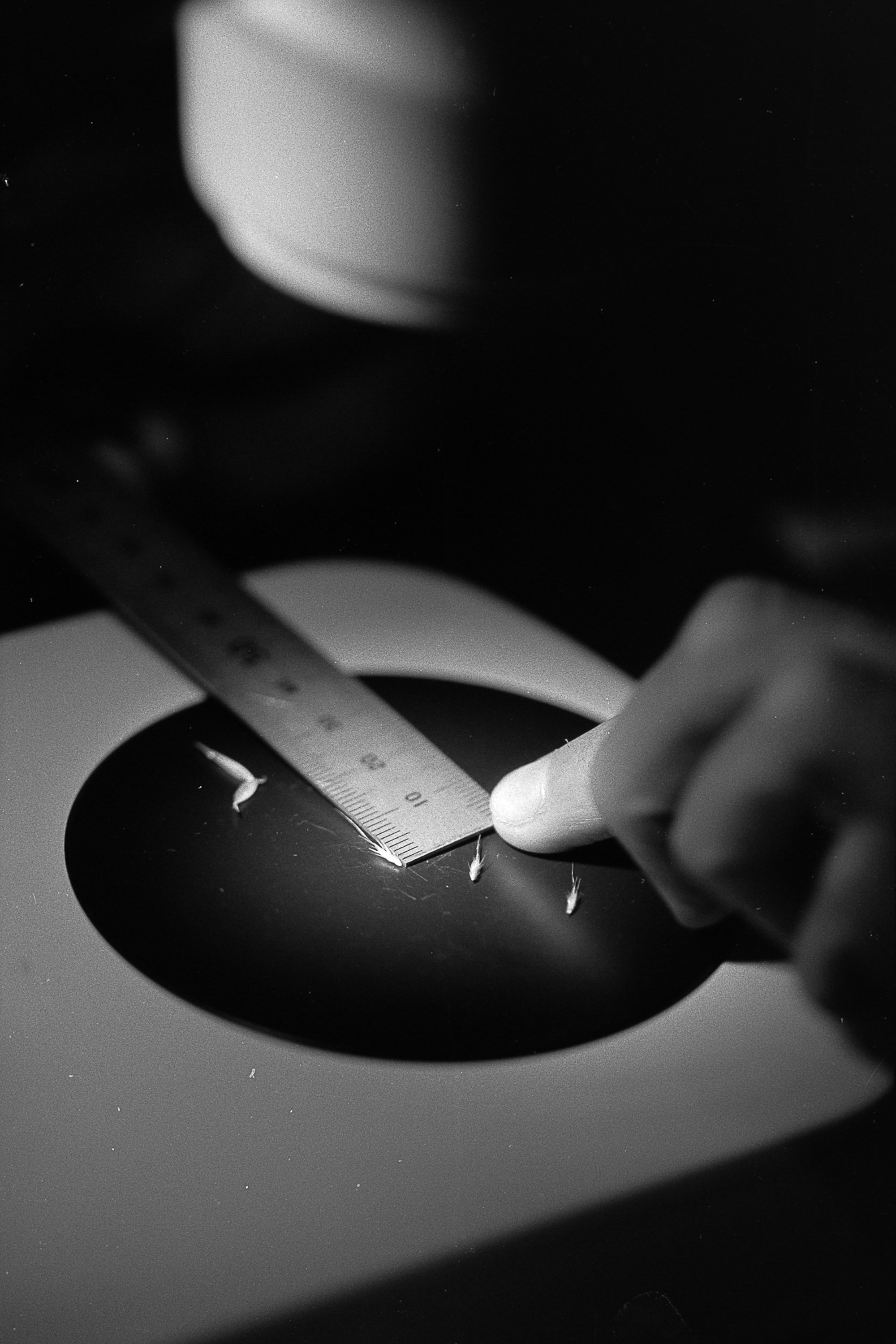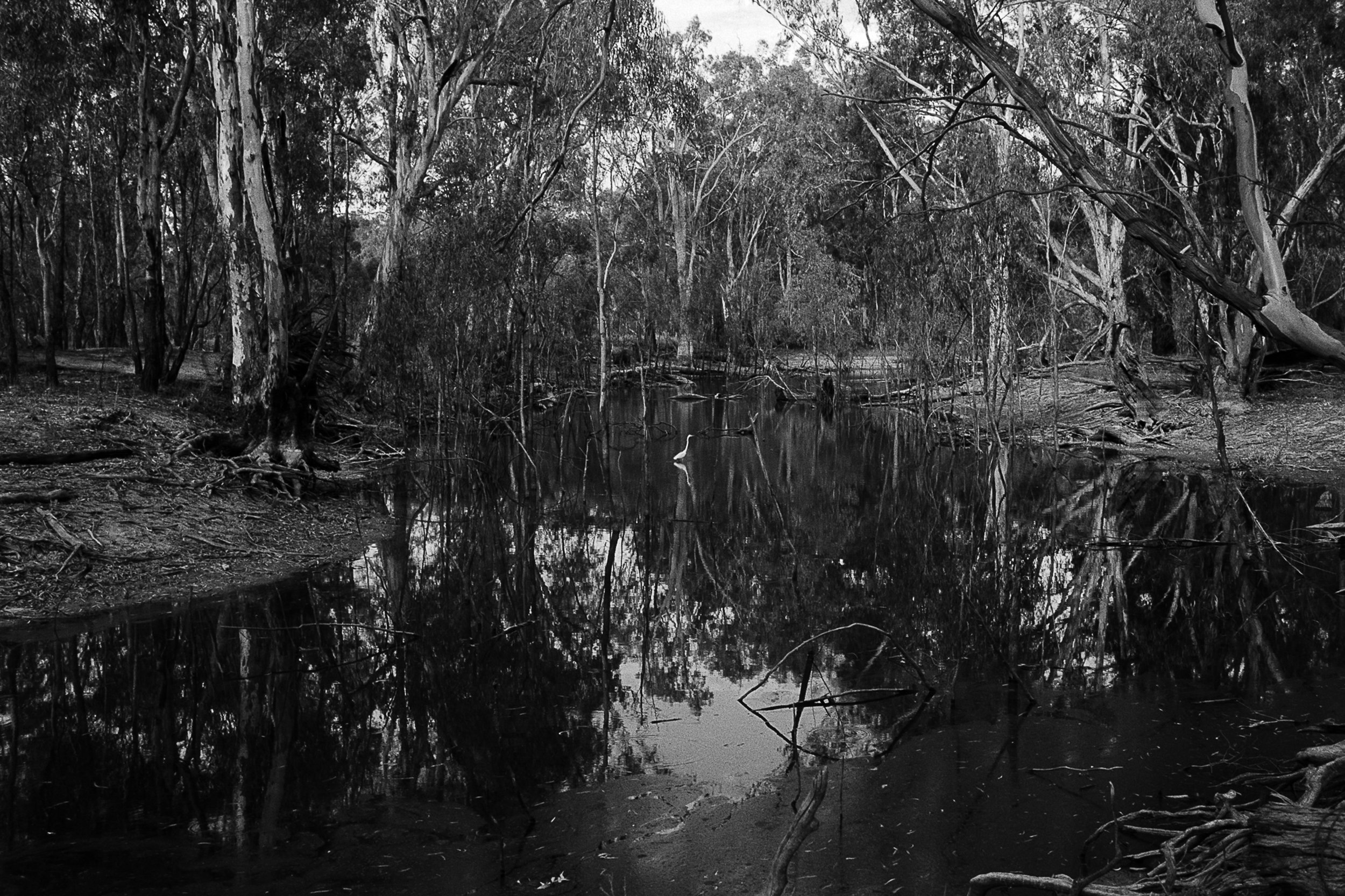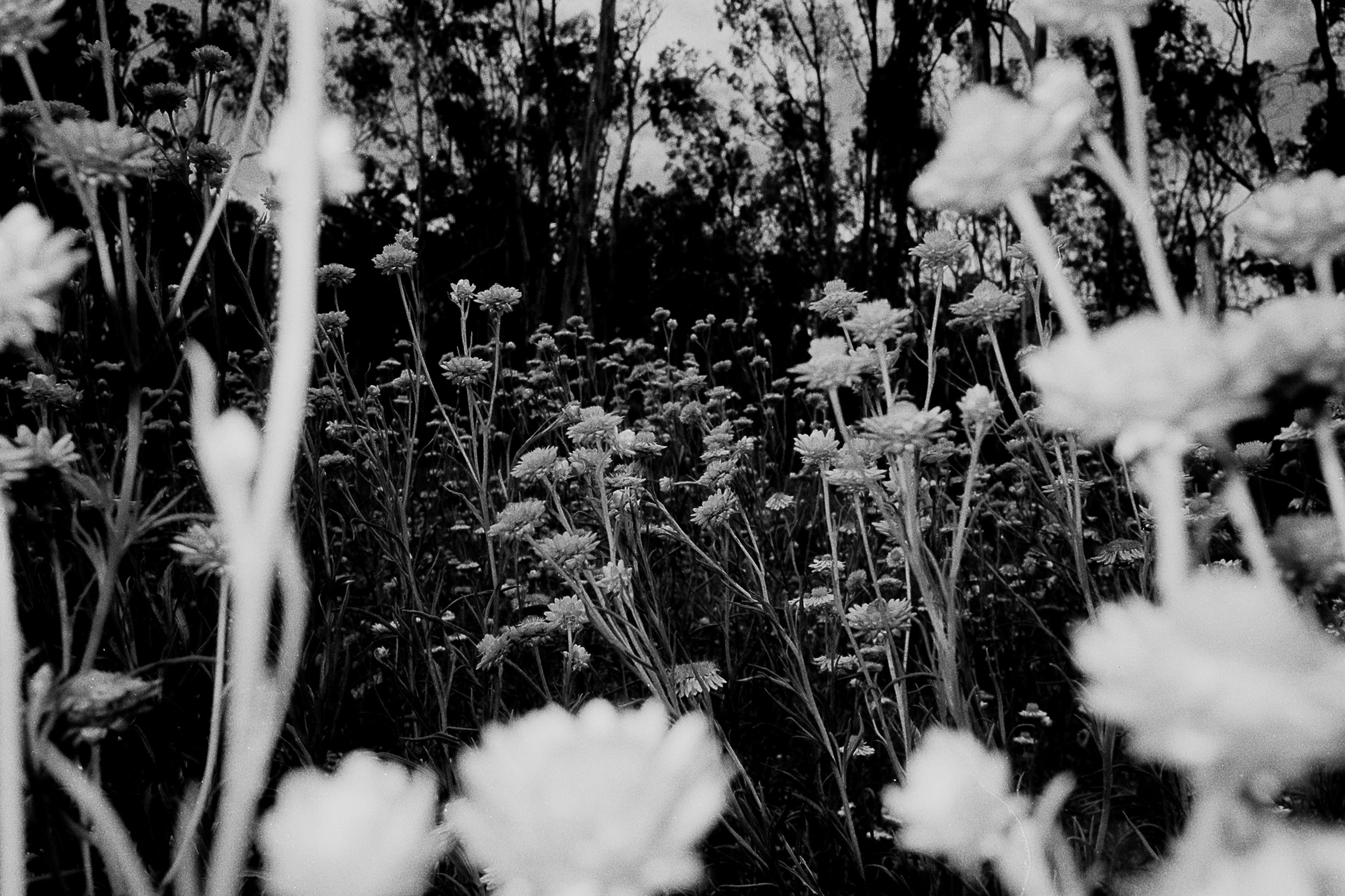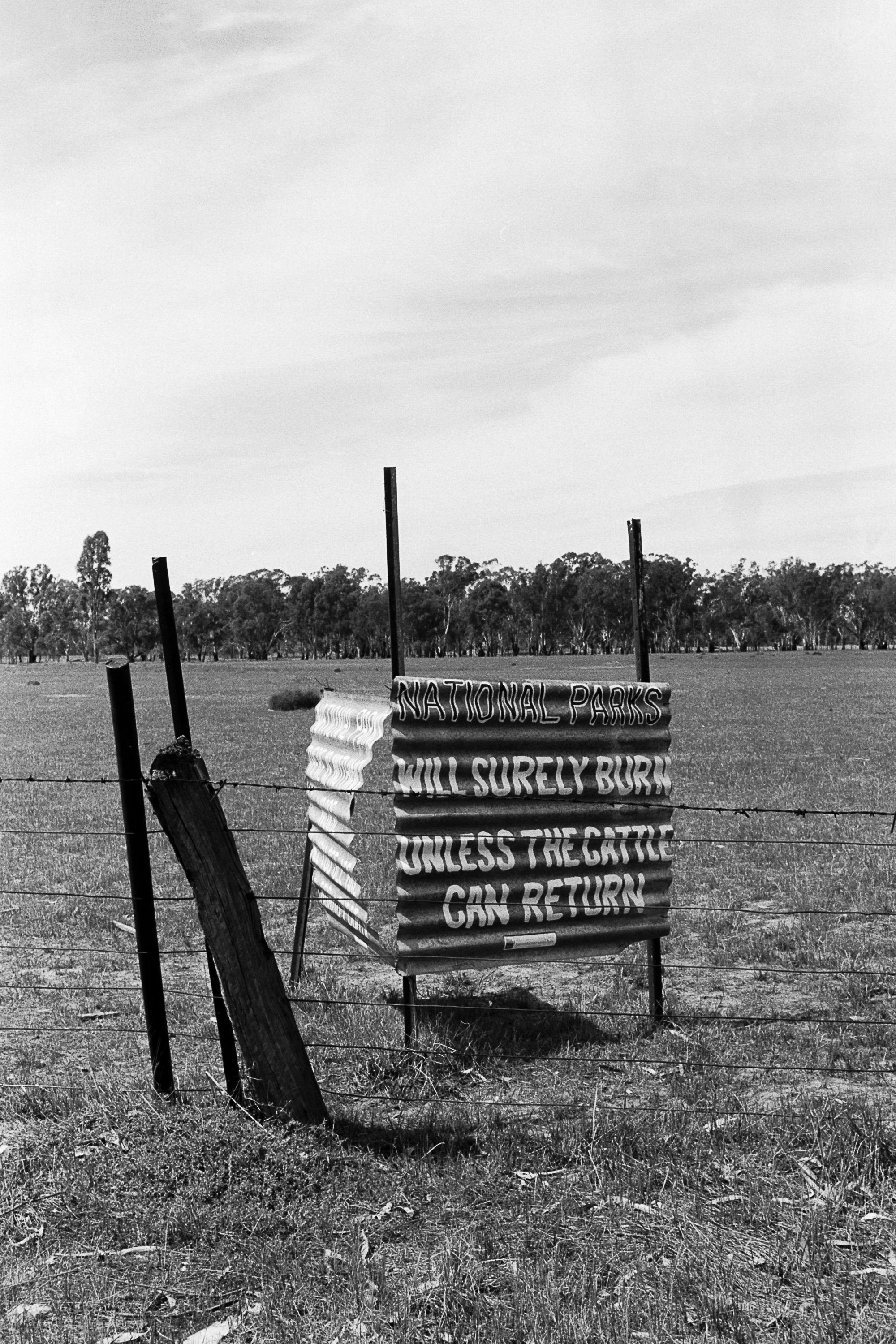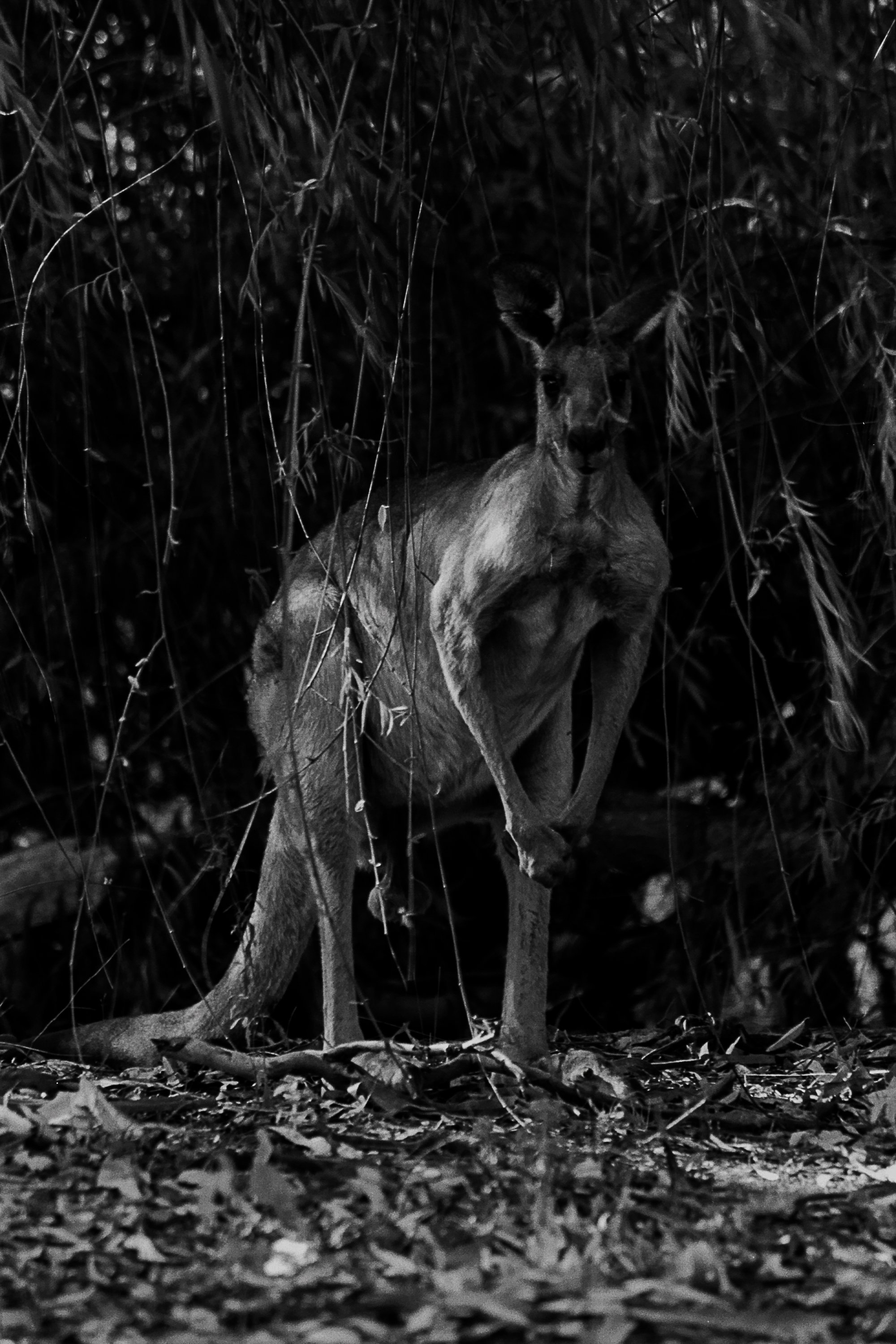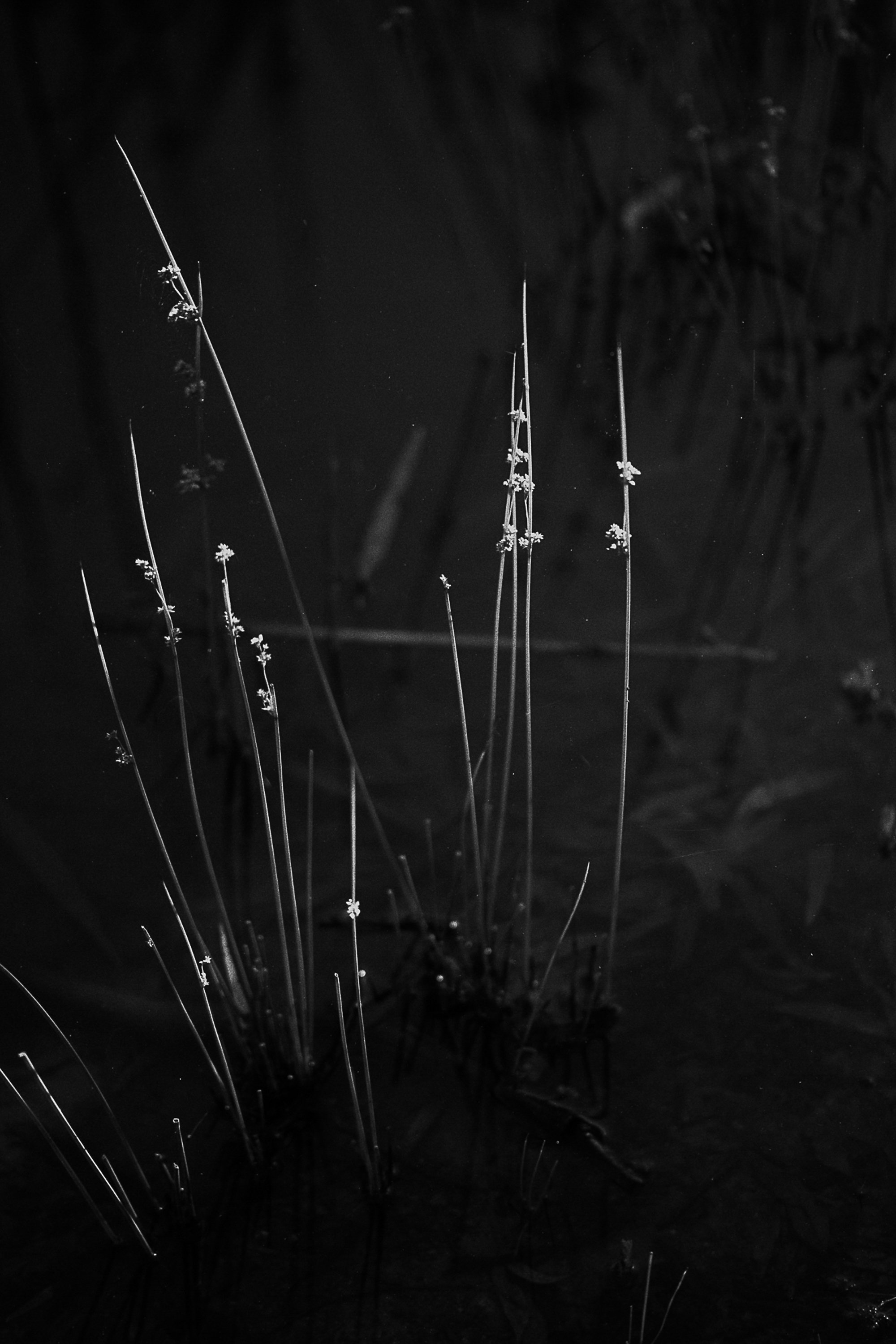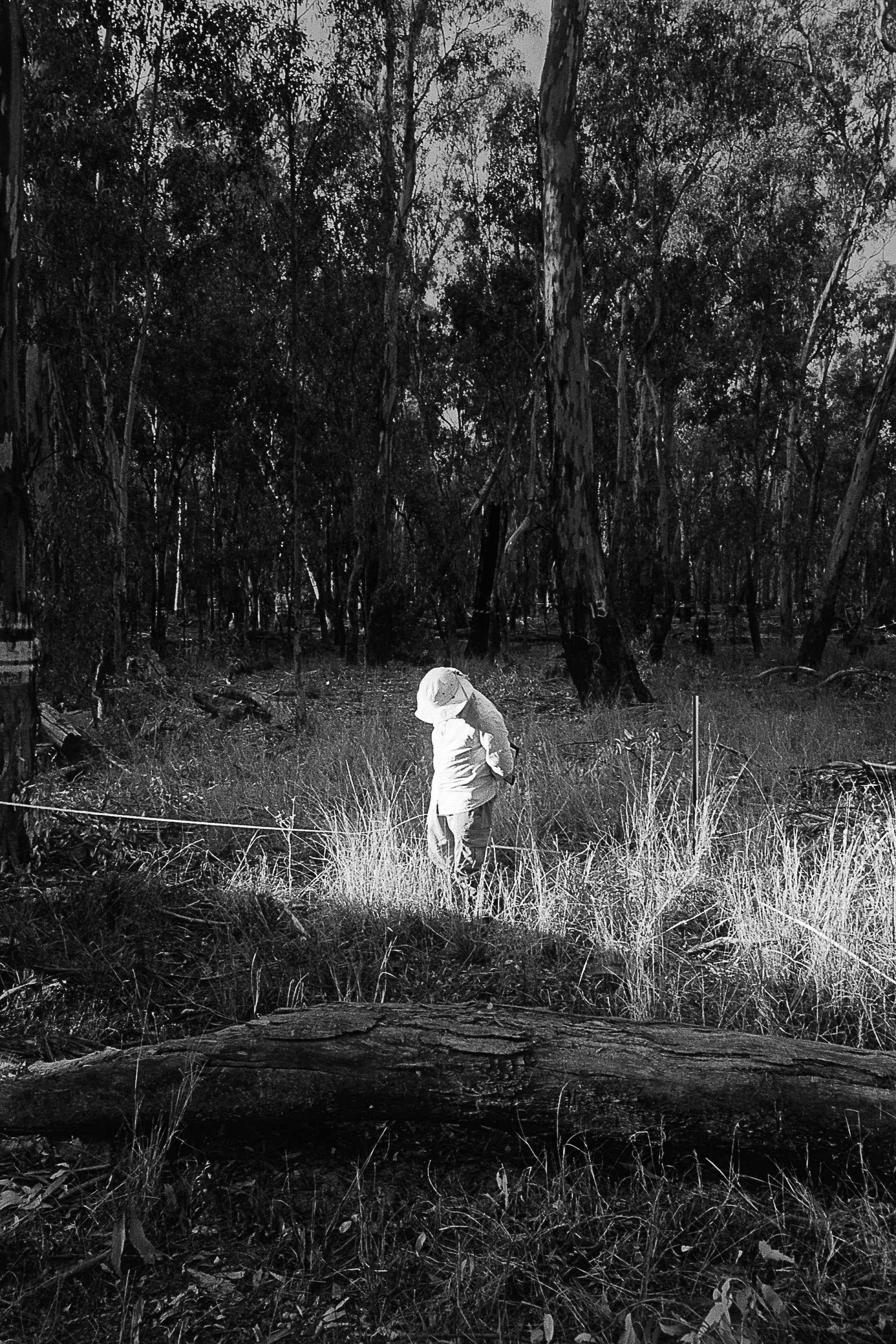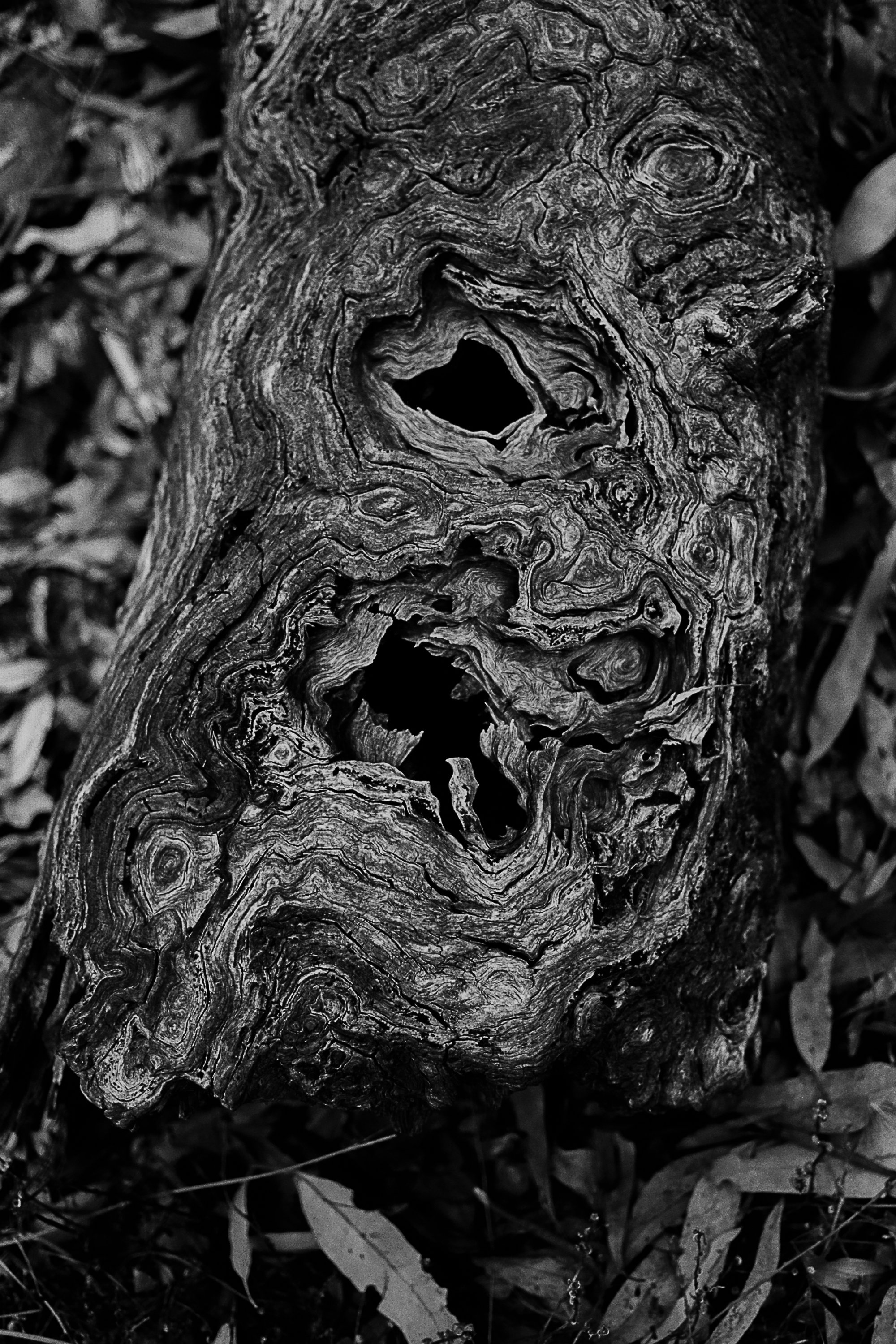There is a narrow stretch of the River Murray where the banks draw so close that a Victorian and New South Welshman might hold an easy conversation across its waters. The Choke, they call this place. Here, when permitted, the constricted waters spill the river’s banks and begin to fill a great shallow valley. The river here is bound by a forest — a still-contested forest, saved from the axe but starved of water; a meddled forest with too many trees, straddling a much-meddled river.
It is a forest I returned to again and again, year-on-year, for four survey seasons to botanise, living and working in the forest with fellow ecologists for months at a time as we traced the effects of a controversial experimental restoration effort. Amidst the trees we were immersed — minute to minute, square metre by square metre — in botanical minutiae and a striving for scientific exactitude. Every year, returning to the same 41,601-hectare forest, to the same 22 27-hectare sites, to the same 66 20x20m plots, to the same 660 1x1m quadrats. Each year to a forest that became increasingly dry and denuded as the drought wore on and the regulators remained shut and held the river at bay.
These images are a short selection from an ongoing project, The Choke, shot between 2017 and 2021 while working as a botanist monitoring the effects of an ecological thinning trial in the largest remnant patch of river red gum floodplain forest.

